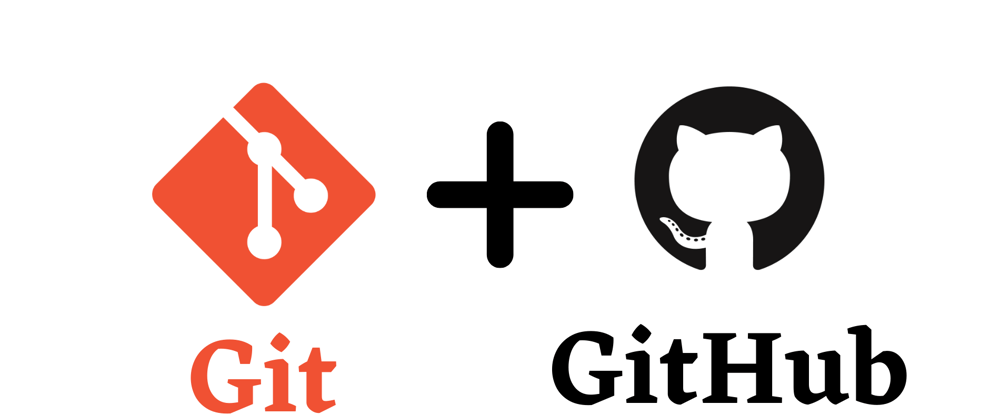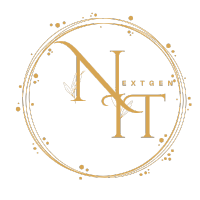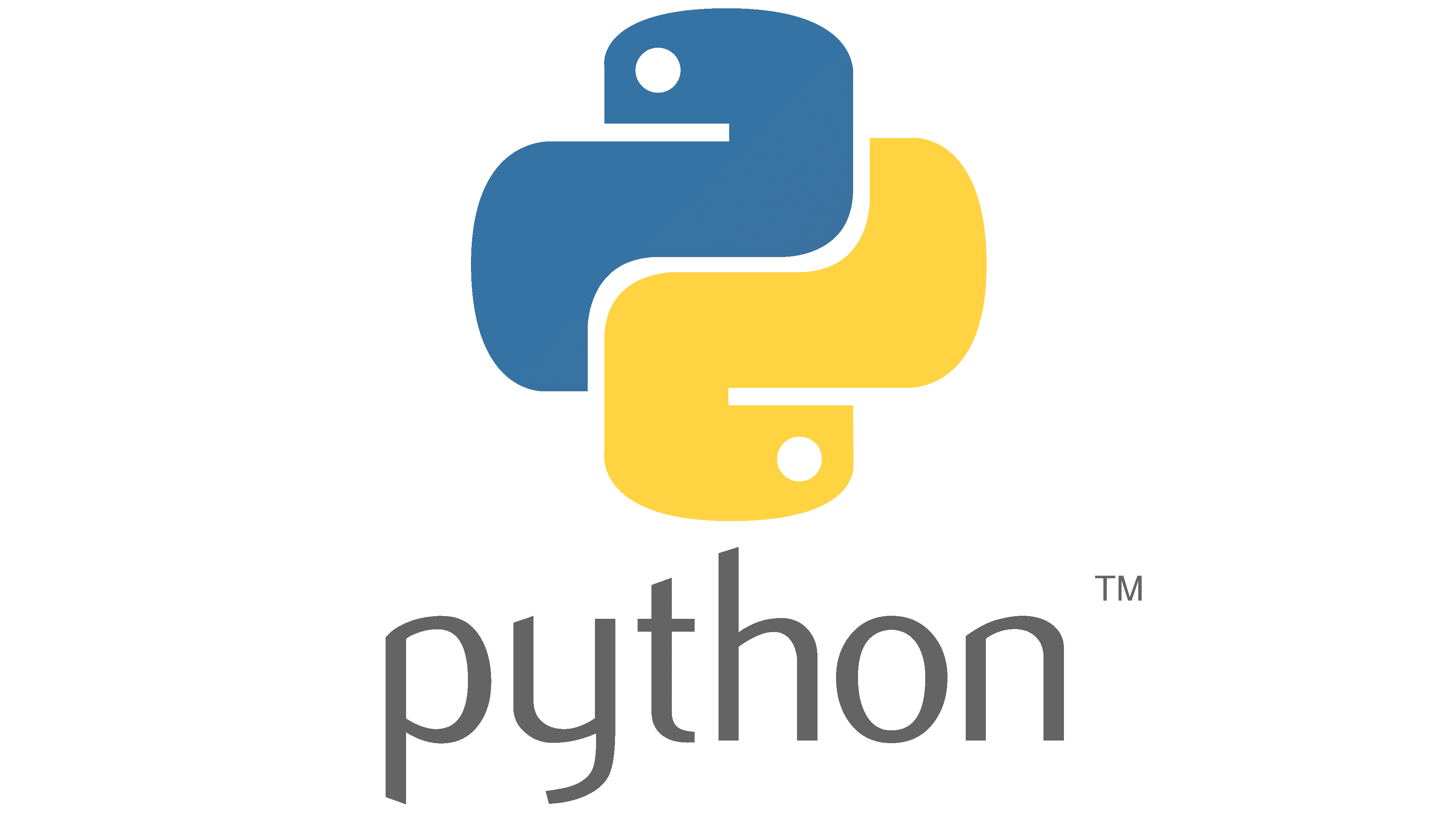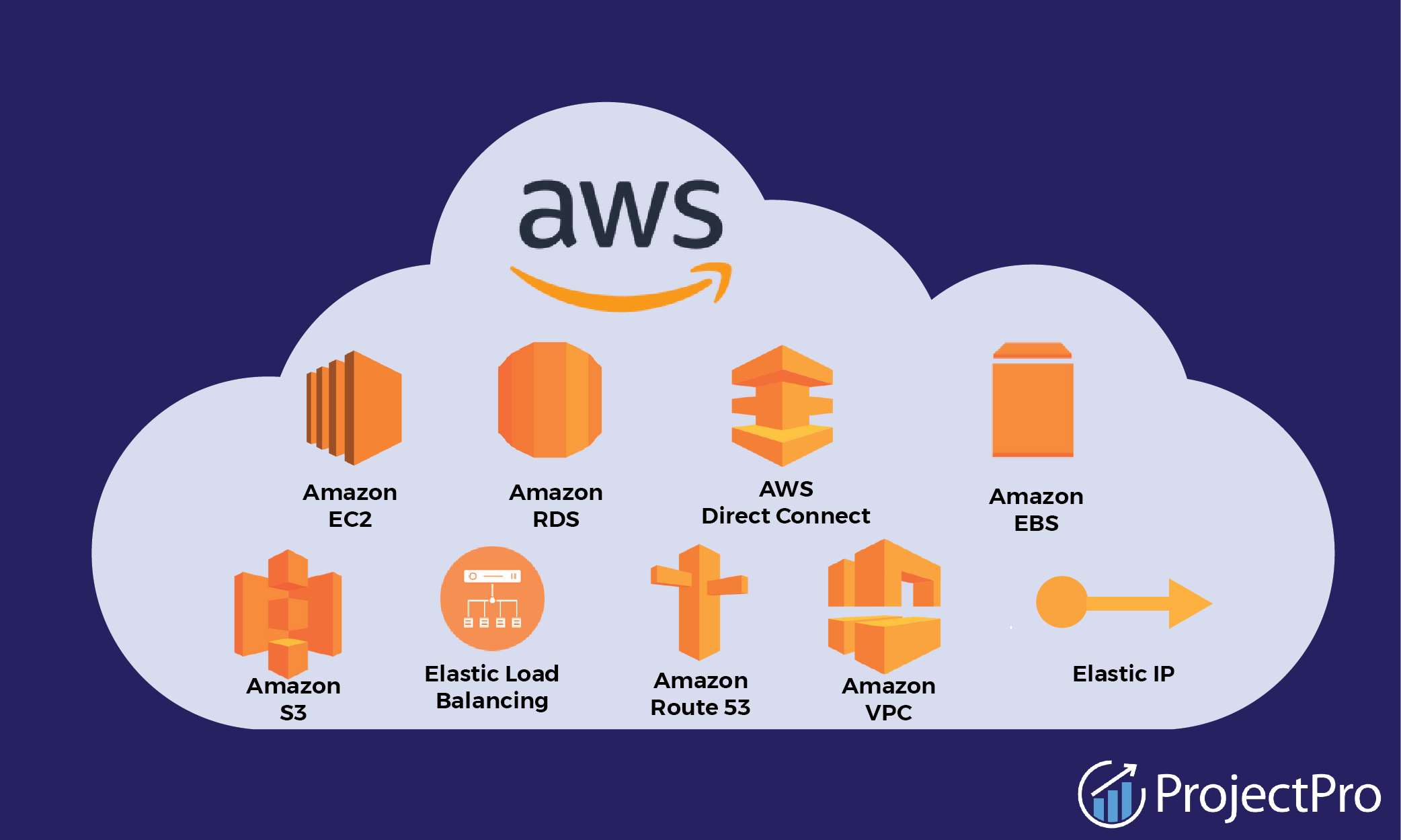Blog details
 Git & GitHub for DevOps: A Complete Guide
Git & GitHub for DevOps: A Complete Guide
Introduction
In the world of DevOps, version control is essential for managing source code, tracking changes, and enabling collaboration. Git and GitHub are the most widely used tools for version control and repository management. This blog will cover the basics of Git, how GitHub enhances DevOps workflows, and best practices for using them effectively.
What is Git?
Git is a distributed version control system that allows developers to track changes in source code, collaborate with teams, and revert to previous versions if needed. It helps in managing code efficiently across different environments.
Key Features of Git:
✅ Distributed version control system (DVCS)
✅ Tracks changes and maintains a history of modifications
✅ Enables team collaboration
✅ Supports branching and merging
✅ Ensures code integrity with SHA-1 hashing
What is GitHub?
GitHub is a cloud-based platform that hosts Git repositories. It provides a web interface for Git and offers features like pull requests, issue tracking, CI/CD integration, and access control.
Why Use GitHub in DevOps?
🔹 Centralized code repository for teams
🔹 Enables collaboration through pull requests and code reviews
🔹 Integrates with CI/CD pipelines
🔹 Provides version control and backup
🔹 Supports automation using GitHub Actions
Basic Git Commands Every DevOps Engineer Should Know
1. Setting Up Git
2. Initializing a Repository
3. Cloning a Repository
4. Checking Repository Status
5. Adding Files to Staging Area
6. Committing Changes
7. Pushing Changes to Remote Repository
8. Pulling Latest Changes from Remote
9. Creating and Switching Branches
10. Merging Branches
11. Viewing Commit History
12. Reverting Changes
GitHub Workflow for DevOps
A simple GitHub workflow in a DevOps pipeline:
- Clone Repository – Developers pull code from a shared repository.
- Create Feature Branch – Each feature or bug fix is developed in a separate branch.
- Commit and Push Code – Changes are committed locally and pushed to GitHub.
- Pull Request (PR) – A PR is created for code review.
- Code Review & Approval – Team members review and approve the changes.
- Merge to Main Branch – Once approved, changes are merged into the main branch.
- CI/CD Pipeline Triggers – Automations such as testing and deployment are triggered.
GitHub Best Practices for DevOps Engineers
✅ Use .gitignore to exclude unnecessary files.
✅ Follow branching strategies (e.g., GitFlow, feature branches).
✅ Use descriptive commit messages.
✅ Enforce code reviews before merging.
✅ Automate workflows with GitHub Actions.
✅ Implement access controls to secure repositories.
✅ Regularly backup repositories.
Conclusion
Git and GitHub are essential for DevOps engineers. They enable version control, team collaboration, and integration with CI/CD pipelines. Mastering Git commands and GitHub workflows will help you streamline software development and deployment processes.




